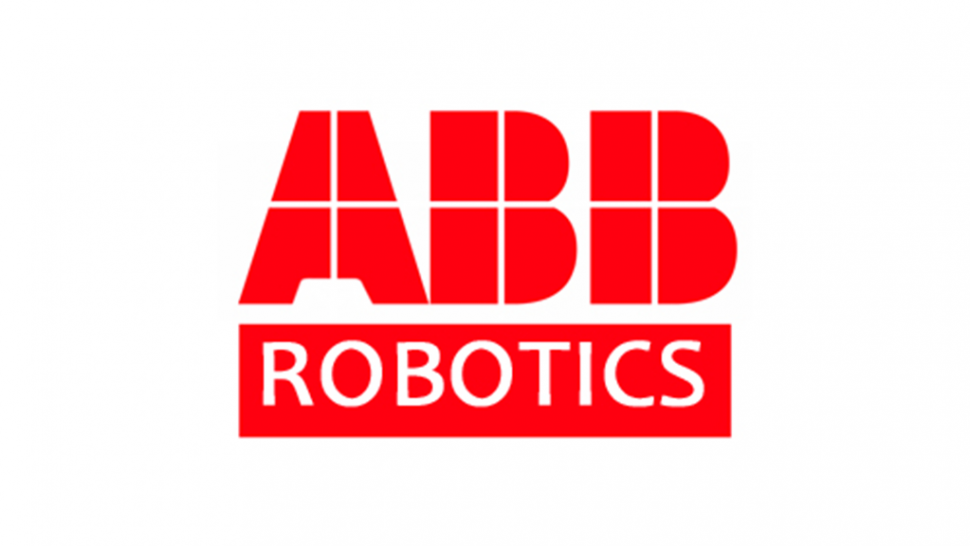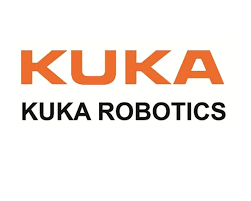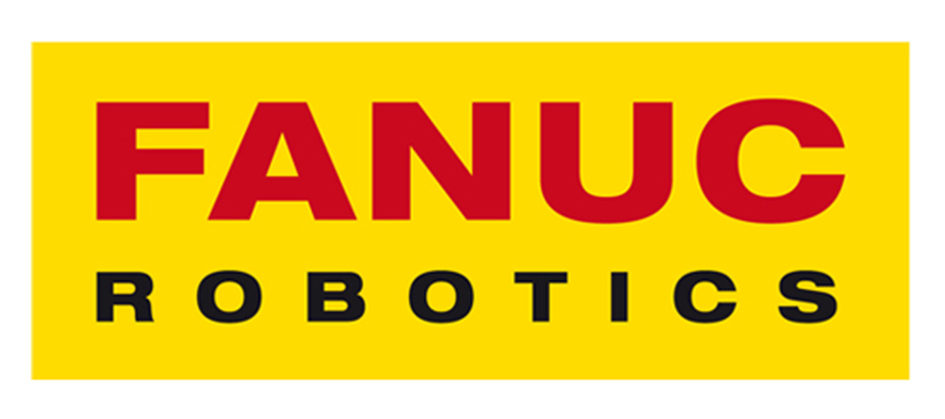Robotic Simulation
Process protection in the planning and construction phase is of great importance in order to facilitate subsequent implementation and significantly reduce commissioning time.
That’s why at SMC Design, we give great importance to the use of robot simulations. In this way, we are able to ensure a significant increase in planning and product quality while at the same time minimizing the risk. Our core competencies in the field of robot simulation are in the simulation and the Offline programming (OLP) of robot manufacturing plants for the automotive and supplier industry as well as in general mechanical engineering.
Simulation is the key component of the process development and has a decisive influence on the successful implementation of the solutions designed. Using virtual CAE methods allows us to set the direction, even in the early development stages, for achieving the functional objectives. As a result, we ensure that simulation enhances efficiency of the projects.
Robcad and Process Simulate software enables the design, simulation, optimisation, analysis and off-line programming of multi-device robotic and automated manufacturing processes in the context of product and production resource information.
This provides a concurrent engineering platform to optimize processes and calculate cycle times. You can design life-like, full-action mockups of complete manufacturing cells and systems on 3D graphics computer workstations. This enables manufacturers to flawlessly introduce automated processes by allowing manufacturing engineers to virtually validate automation concepts upfront
Feasibility Studies
For feasibility studies, we work closely with our clients, sometimes on site to improve communications at the SE phase or equally effectively remotely using modern communication methods. Feasibility studies generally set out to answer questions posed by our clients and options available.
Layout Design
The layout of any manufacturing facility is critical to its success, effectiveness and efficient operation. Many conflicting considerations need to be addressed in the design of the layout. SMC is able to advise on how best to fit the equipment into any given space
Tooling Design & Verification
Integrating the tooling designs into a robotic manufacturing facility requires careful consideration. Integrating together bespoke fixture designs, bought out 3rd party equipment and robot tools successfully is an important step in the development of automated manufacturing facilities. We take a proactive approach to this design process, working closely with tooling and equipment designers to ensure the designs are fit for purpose and suitable for the application.
Process Sequence
Having verified the tooling and equipment designs and optimised the layout, the next important and critical step is to fully understand the sequence and process of the automation facility. A detailed understanding of the function and sequence of each piece of equipment in the cell is required.
Many automation systems have very complex sequences with many actions and functions taking place in parallel. How these activities interact and fit together is key to understanding how the facility will function and perform. This work forms the basis for our cycle time estimates. Once we have a firm understanding of the machine sequence we can advise if the facility will meet cycle time or if further optimisation or design changes are necessary to achieve the required output. We are able to produce cycle time charts and video files to document and illustrate complex sequences. These can prove very useful for programmers and commissioning engineers
Cycle Time Analysis and Off Line Programming
Many man hours can be spent on site after commissioning achieving cycle time. In many cases these activities are not costed or planned for. At SMC we understand how critical cycle time is, and how important it is to achieve cycle time as soon as possible after start up. The reasons for not achieving cycle time can be many and varied, and can be due to errors in Process design and Line Balancing, unexpected interactions between robots, layout conflicts, product changes, lack of understanding of process times and limitations of the control system to mention a few. By using the correct robot controllers within the simulation software, we can prove actual cycletime of the cell allowing for all operator interactions and all equipment indexes and operations.






